As FERMA celebrates its 50th birthday, StrategicRISK Magazine spoke to its board members and risk leaders about how the risk landscape is changing and the priorities for the future. Here Tapio Huovinen, senior manager risk management, UPM - The Biofore Company and Daniele Zucchi, FERMA board member share their insights
This is the sixth in a series of interviews, which are being published weekly.

How has the risk landscape changed in the last 50 Years?
Tapio Huovinen: Globalisation and new technology have changed the landscape hugely. Interdependencies between companies and continents make risk mitigation very challenging. The regulation has also increased manyfold requiring more documentation and management efforts.
Daniele Zucchi: Over the last 50 years, the risk landscape has evolved together with the evolution of human activities, such as the technological evolution, and with the changes in the environments in which we live. From my perspective, this evolution must be seen as a positive one which brings of course many new risks that previously did not exist, such as the fact that a general improvement in overall quality of life has created overpopulation risks.
How has risk management as a profession changed in the last 50 years?
Huovinen: Risk management has changed in 50 years from a primarily technical function (loss prevention, insurance etc.) to a more strategic and integrated function.
Especially the emergence and growth of Enterprise Risk Management has made a big change. The scope of risk management has also widened significantly and includes often areas such as business continuity, sustainability, regulation and new technologies.
Zucchi: Risk management as a profession has evolved in line with the evolution of the risk landscape. Risk managers face both everyday challenges and new risks but, in my opinion, they are now much better equipped and have better toolboxes to be able to deal with complex and new situations.
How FERMA has changed over the last 50 years:
Huovinen: FERMA has followed the changes in the risk management community and has done a lot to ensure that risk management, ERM and overall risk focus have developed in Europe - and are also included in the EU directive work.
Zucchi: FERMA has evolved together with the landscape and the profession. Its activities have become more complex, and the lobbying part is the clearest and most important example of this. Nowadays, FERMA is the reference platform for European risk managers, covering a wide spectrum of activities, ranging from education to the acknowledgement of risk management as a key role in each organisation.
What are the top risk management priorities for the future?
Huovinen: To continue to support the ERM work is key. Within this the risk management of technological advancements such as artificial intelligence and machine learning is vital not just in the future, but today.
Zucchi: The real priority is to try to be ahead of the risk evolution, to be able to see the changes in the risk landscape early enough to be ready to face them.
How does the industry need to adapt to keep pace with changing risks?
Zucchi: The industry has to stay very vigilant and be proactive, elaborating future scenarios and implementing response plans, and in short working more on the anticipated identification of potential new risks.





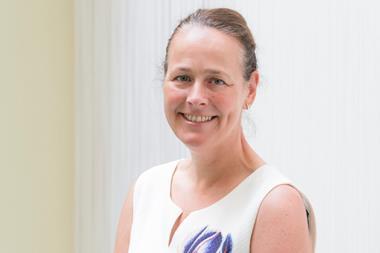

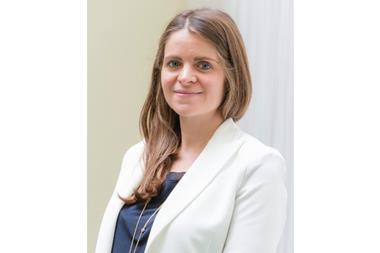
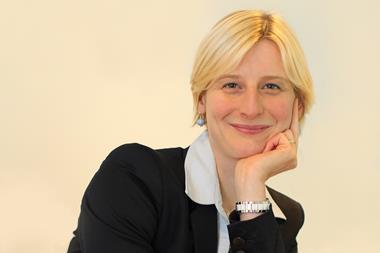
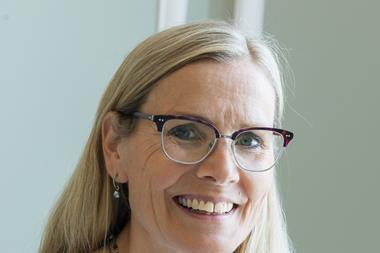
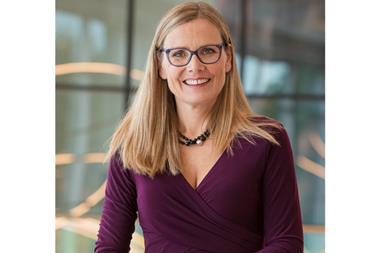
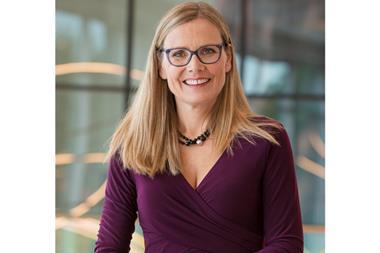



No comments yet